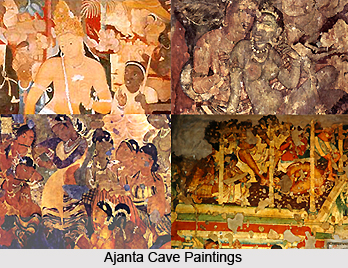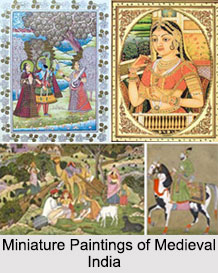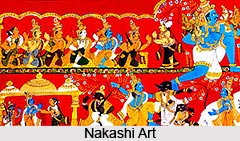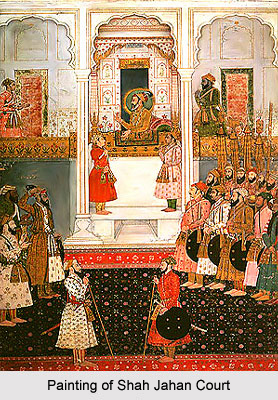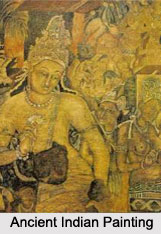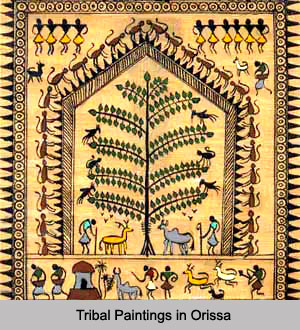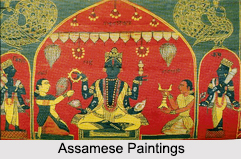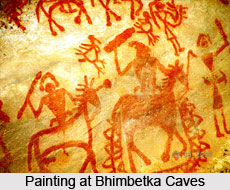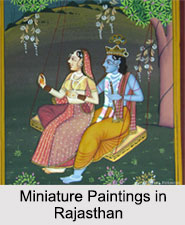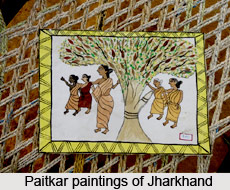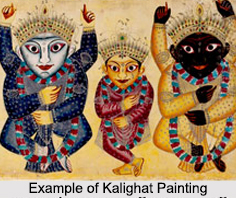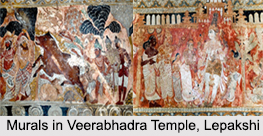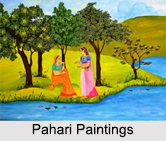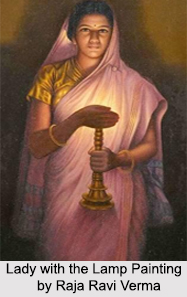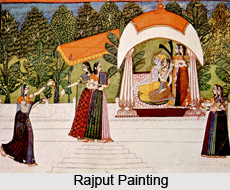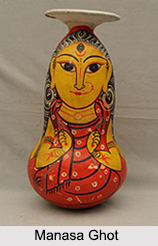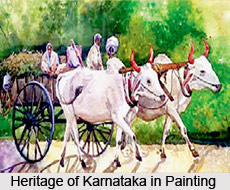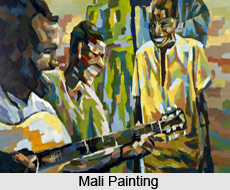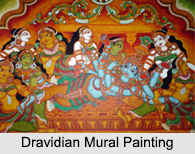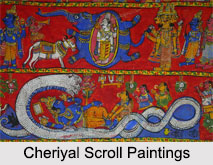 "I have been painting since the age of 4. Over the past 30 yrs my techniques have improved, mediums have changed but the spirit is just the same. My paint gives me happiness and I paint without constraints"---- Cheenu Pillai. Cheenu Pillai can be regarded a self-taught artist who hails from Chennai, India. Cheenu Pillai`s style comprises blending of European expressionism with Dravidian themes.
"I have been painting since the age of 4. Over the past 30 yrs my techniques have improved, mediums have changed but the spirit is just the same. My paint gives me happiness and I paint without constraints"---- Cheenu Pillai. Cheenu Pillai can be regarded a self-taught artist who hails from Chennai, India. Cheenu Pillai`s style comprises blending of European expressionism with Dravidian themes.
Cheenu Pillai was born in 1971, in an Indian village in Tanjore district. He started painting since the age of 4. He did his schooling in the village. Pillai became interested in painting after seeing his elder brother, who was an artist himself. He was raised within pious backgrounds. In Pillai`s early days, portriats of Gods were his favourite theme. In that age, his generating of spiritual images strictly satisfied spiritual necessity. But as he concentarted more in the forms, the proportion and balance in Hindu iconography captivated his vision.
Throughout his life, Cheenu Pillai quested for his passion of life i.e. Art. But he never thought of taking it as his full time profession. A brilliant student, Cheenu Pillai studied MBA and after that he moved into the world of investment banking. But his career in banking and software couldn`t hold back him away from his first love - art. Cheenu Pillai`s inspirations was further heightened during his stint in Europe. By 2003 he decided to take up painting more seriously. Due to that he left his job as the president of a large software company.
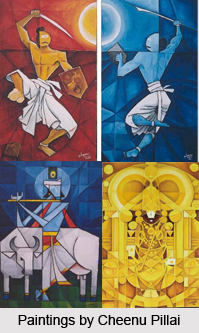 In the south Indian milieu, traditions and rituals of Hinduism are the main inspirational source of his paintings. The combination of traditions and rituals can be found in his background and in systems. Finance also plays an important part in this unique blend of Indian themes, resulting in calculated planned dimension that spotlights the geometric elements in Hindu iconography.
In the south Indian milieu, traditions and rituals of Hinduism are the main inspirational source of his paintings. The combination of traditions and rituals can be found in his background and in systems. Finance also plays an important part in this unique blend of Indian themes, resulting in calculated planned dimension that spotlights the geometric elements in Hindu iconography.
Cheenu Pillai has however gained a unique style of representation through experience, which is a combination between European movements like cubism and orphism with Indian sensibilities. He has always attempted to incorporate all these things in terms of colour schemes and layouts. Cheenu Pillai has named his style as `Dravidian orphism`.
Most of Cheenu`s works can be categorised as a work of complicated geometric patterns interlarded to form images that are graceful and unconventional. Use of vibrant and bold colours makes Cheenu Pillai`s works striking in a special manner.
In 2004, Apparao Galleries admitted Cheenu`s works as part of a group exhibition. A.v.ilango`s art space and Tangerine art in 2007, patronised an exhibition of his paintings from the Theology series at the Tangerine restaurant. This exhibition gave him the initial impetus.
